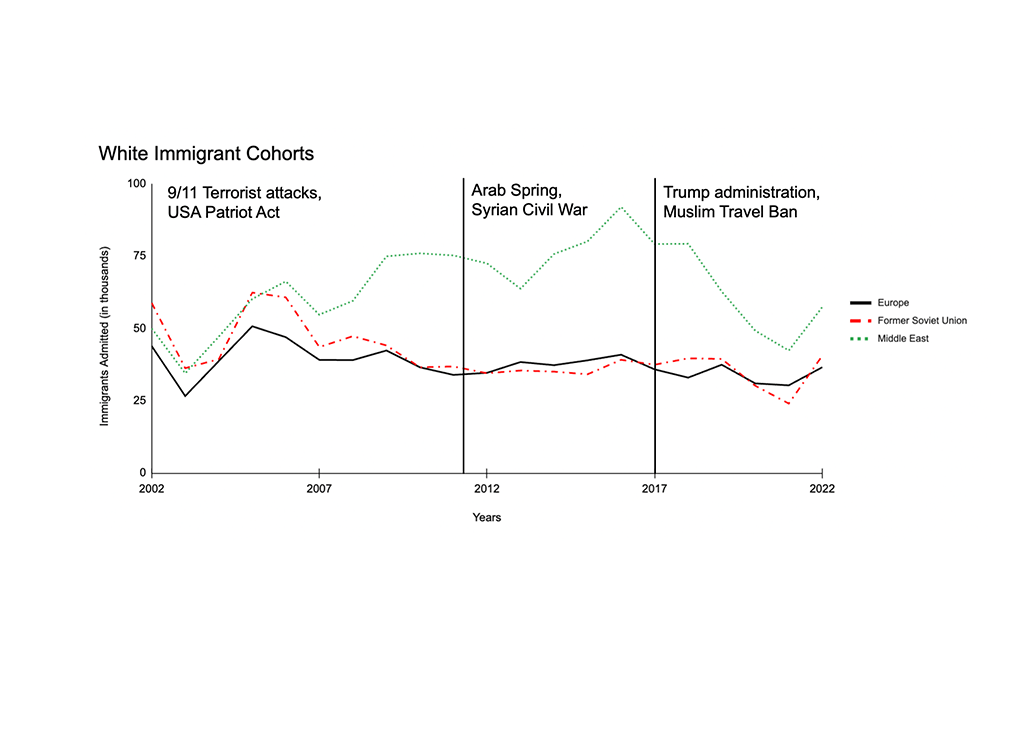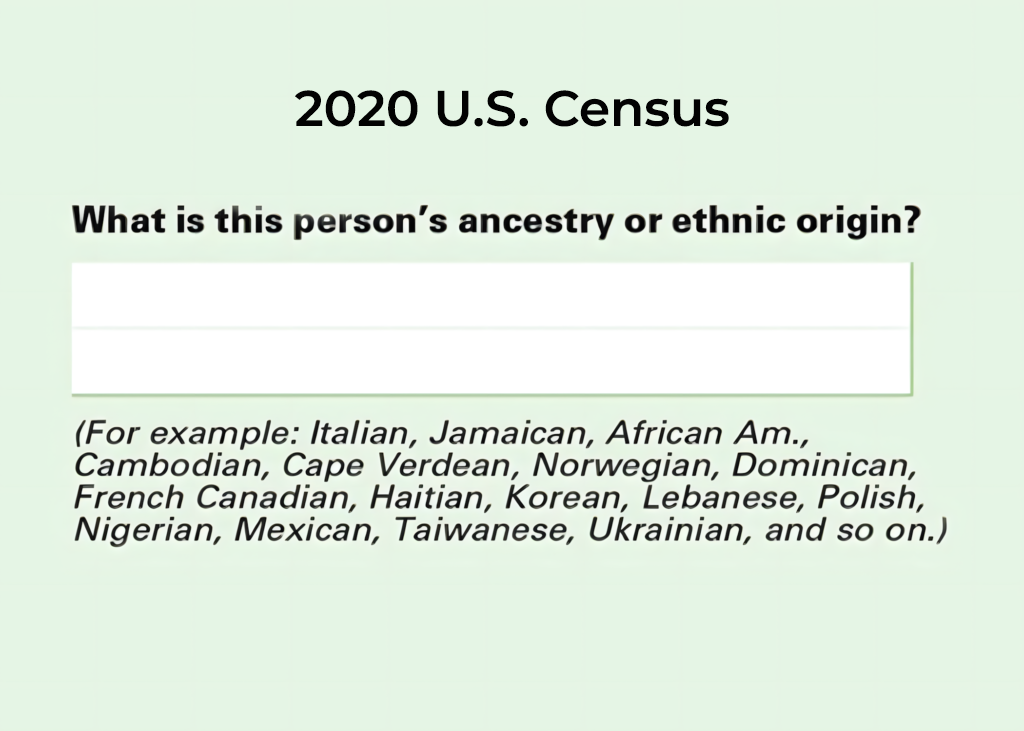About
Jen’nan Ghazal Read is a Professor of Sociology at Duke University and an internationally renowned scholar on the integration experiences of Arab- and Muslim-American communities. She is a population health scientist whose research has challenged the use of broad racial/ethnic categories, such as Black and White, showing substantial disparities in health among the ethnic groups collapsed within them.
...Research
Most of the current research on racial health disparities in the U.S. uses White Americans as a reference category. However, this racial designation lumps together people of diverse backgrounds, failing to account for disparities among ethnic groups. The use of this general White category in research may lead to biased estimates of disparities between Whites and other groups, such as Blacks and Hispanics.
...Health Disparities Among White Americans
Ethnic Diversity & Health Inequality Among Whites
In this study, Dr. Read and her colleague measure health gaps between immigrant and U.S.-born Whites, as well as disparities among White immigrants from different regions, such as the Middle East and the Former Soviet Union.
Learn MoreHealth Disparities Among White Americans
How Healthy Are White Immigrants?
Dr. Read assesses whether White immigrants experience the immigrant health advantage, a phenomenon in which newcomers to the U.S. initially have better health than their U.S.-born counterparts.
Learn MoreHealth Disparities Among White Americans
The Where & When of White Immigration
Dr. Read and her colleagues examine the health outcomes of White U.S. immigrants based on their region of origin--Western Europe, Eastern Europe, or the Middle East--and the time period in which they arrived.
Learn MoreHealth Disparities Among White Americans
Gaps in Disability Among Arab Americans
Dr. Read and her colleagues compare the disability rates of U.S.-born and immigrant Arabs, as well as examining the health differences among these immigrants based on when they arrived in the U.S.
Learn MoreEthnic Diversity within U.S. Census Categories
Looking Closer at Racial Health Gaps
In this article, Read and her colleagues discuss the importance of gathering, analyzing, and reporting more precise data on racial and ethnic health disparities rather than relying on broad categories such as White or Black. They argue that better data is key to improving health equity.
Learn MoreEthnic Diversity within U.S. Census Categories
Racism & Health Among Black Immigrants
In this study, Read and her colleague examine the health differences among White, U.S.-born Black, and Black immigrant Americans, as well as key differences among Black immigrant groups based on region of origin.
Learn MoreEthnic Diversity within U.S. Census Categories
Questioning U.S. Census Categories
In this study, Dr. Read examines how using alternative definitions of identity in census questions—including heritage, birthplace, and language spoken at home—affects the results for Arab and Mexican Americans.
Learn MoreArab & Muslim Intergrations in The U.S.
Religion & Gender Roles Among Arab American Women
Dr. Read finds that Arab American women’s beliefs about gender roles hinge largely on how religious they are and how strongly they are tied to their Arab background. When adjusted for these factors, the data did not show a significant difference in traditionalism between Muslims and Christians.
Learn MoreArab & Muslim Intergrations in The U.S.
Education as a Family Affair for Arab American Women
In this study, Read and her colleague find that in religious Arab American communities, where women tend to have high education levels but low employment rates, women’s education is seen as a resource for their families and community rather than preparation for a career.
Learn MoreArab & Muslim Intergrations in The U.S.
To Veil or Not to Veil?
Using in-depth interviews of Muslim American women, Dr. Read and her colleague find that those who wear veils and those who do not disagree on the symbolism and purpose of the garment, but both groups are influenced by their social context and experiences, and both show empathy for women who think differently.
Learn MoreSpeaking Engagements
Dr. Read is a major contributor to both academic and public discourse in her field. She has delivered lectures and presentations and participated on panels at renowned institutions such as the National Academy of Medicine, Pew Research Center, White House Government Accountability Office, Office of Management and Budget, the U.S. Census Bureau, and numerous universities.
...Teaching & Mentorship
Dr. Read’s commitment to excellence in teaching has been recognized at the highest levels at Duke University. In 2019, she was named a Bass Chair and inducted into the Bass Society of Fellows. Her students are equally impressed: their evaluations have placed her in the “top 5% of instructors” at Duke on multiple occasions.
...














